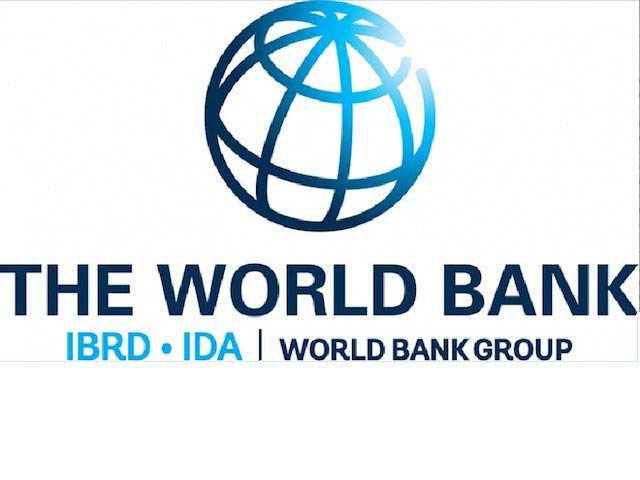Fears expressed during the early months of the COVID-19 pandemic that the Caribbean, among other regions, would have to endure a protracted period of significantly reduced remittances proved unfounded as officially recorded remittance flows to low and middle income countries reached US$540 billion in 2020, reflecting a less than anticipated 1.6 per cent decline against the 2019 figure of $548 billion, according to the World Bank’s most recent Migration and Development Brief. The Brief is prepared every six months by the Bank’s Migration and Development Unit and aims to provide updates on key developments in the area of migration and remittance flows and related policies over the past six months. It also provides medium-term projections of remittance flows to developing countries.
The significance of the ‘numbers’ provided in the World Bank’s latest Migration and Remittance Brief reposed in the fact that the decline in recorded remittance flows last year was smaller than that during the 2009 global financial crisis when global remittances fell by 4.8 per cent. It was also significantly lower than the fall in foreign direct investment flows to low and middle-income countries which, excluding China, fell by 30% in 2020.
Among the developing and underdeveloped regions of the world Latin America and the Caribbean led the way in terms of increases in remittance flows with remittances to the region rising by 6.5%. South Asia followed with remittance increases of 5.2% while the Middle East and North Africa returned remittance increases of 2.3%. Sub-Saharan Africa recorded a 12.5% decrease in remittance flows, a circumstance which the report said was due almost entirely to a 28 percent decline in remittance flows to Nigeria. Excluding flows to Nigeria, remittances to Sub-Saharan Africa actually increased by 2.3 percent.
Overall, remittance flows to low and middle income countries during 2020 surpassed the US$259 billion in Foreign Direct Investment (FDI) and the US$179 billion in overseas development assistance.
The main drivers of the steady flow in remittances the Migration and Develop-ment Brief says included fiscal stimuli that resulted in better-than-expected economic conditions in host countries, a shift in flows from cash to digital and from informal to formal channels, and cyclical movements in oil prices and currency exchange rates. The true size of remittances, which includes formal and informal flows, is believed to be larger than officially reported data, the Brief says.
While remittances have, for several years, served as a survival lifeline for poor families in developing and underdeveloped countries, Global Director of the Social Protection and Jobs Global Practice at the World Bank, Michael Rutkowski is quoted as saying that “as COVID-19 still devastates families around the world, remittances continue to provide a critical lifeline for the poor and vulnerable…Supportive policy responses, together with national social protection systems, should continue to be inclusive of all communities, including migrants,” he added.
Lead author of the Report Dilip Rathna says that “the resilience of remittance flows is remarkable. Remittances are helping to meet families’ increased need for livelihood support. They can no longer be treated as small change. The World Bank has been monitoring migration and remittance flows for nearly two decades, and we are working with governments and partners to produce timely data and make remittance flows even more productive.”
In the light of the importance of remittance data the World Bank is providing support for countries in monitoring the flow through various channels, the cost and convenience of sending money, the regulations to protect financial integrity that affect remittance flows. The Bank is also collaborating with the G20 group of countries to find ways of reducing remittance costs.
With global growth expected to rebound further in 2021 and 2022, there are expectations that remittance flows to low- and middle-income countries could increase by around 2.6% to approximately US$553 billion this year and by 2.2% to US$565 billion in 2022.






